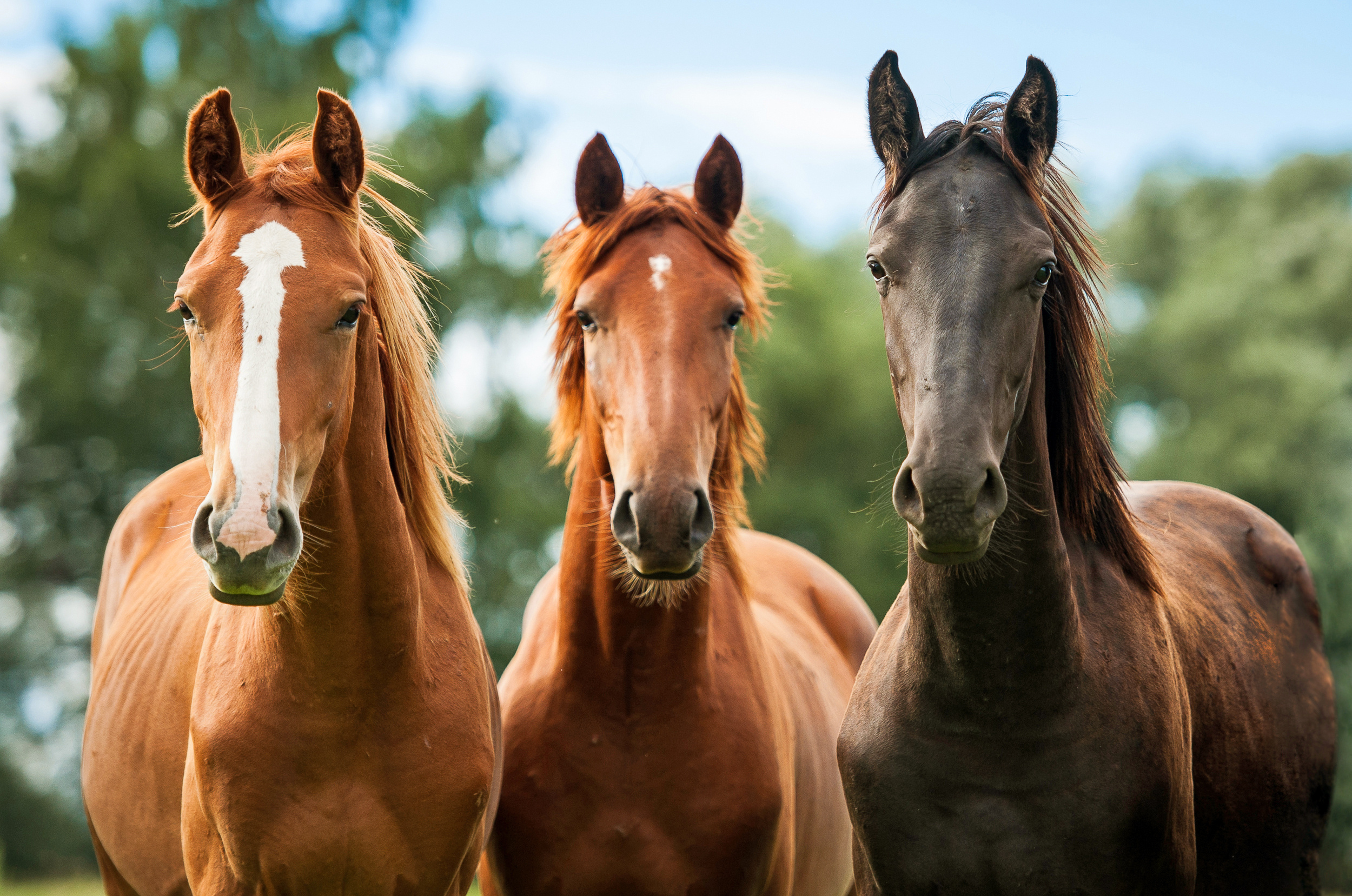Risk factors for rare type of colic identified
- August 23, 2023
- ⎯ Equus
A profile is slowly emerging of the horses most at risk for a relatively new and still mysterious type of colic known as idiopathic focal eosinophilic enteritis (IFEE).

First identified in the United States during the late 1990s, IFEE is characterized by abnormal focal thickening of the small intestine that can lead to obstruction of food at the site and subsequent abdominal pain (colic). The cause of IFEE is unknown. This thickening is due to invasion of the small intestine with eosinophil cells (which normally circulate in the blood), and surgery may be required to clear the blockage in the gut.
To identify factors that put horses at risk of IFEE, researchers at the universities of Liverpool and Lancaster reviewed the records of 85 horses diagnosed with the condition at the University of Liverpool Equine Hospital over a 10-year-period. The records of 848 control horses were used for comparison.
They found that younger horses had the greatest chance of developing IFEE, with the risk greatest between birth and 5 years of age. The data also revealed that IFEE cases seemed to cluster in particular geographic areas within the larger region from which the hospital draws patients. This, the researchers say, suggests that environmental conditions in those areas may play a role in the development of IFEE. Finally, the data showed a seasonal pattern to occurrence of the condition, with the risk of IFEE consistently increasing each year from July to November.
All of this information, the researchers conclude, can help identify horses at greater risk of IFEE while at the same time directing future study efforts.
Reference:“Idiopathic focal eosinophilic enteritis (IFEE), an emerging cause of abdominal pain in horses: The effect of age, time and geographic location on risk,” PLoS One, December 2014
This article first appeared in EQUUS issue #451
Don’t miss out! With the free weekly EQUUS newsletter, you’ll get the latest horse health information delivered right to your in basket! If you’re not already receiving the EQUUS newsletter, click here to sign up. It’s *free*!





